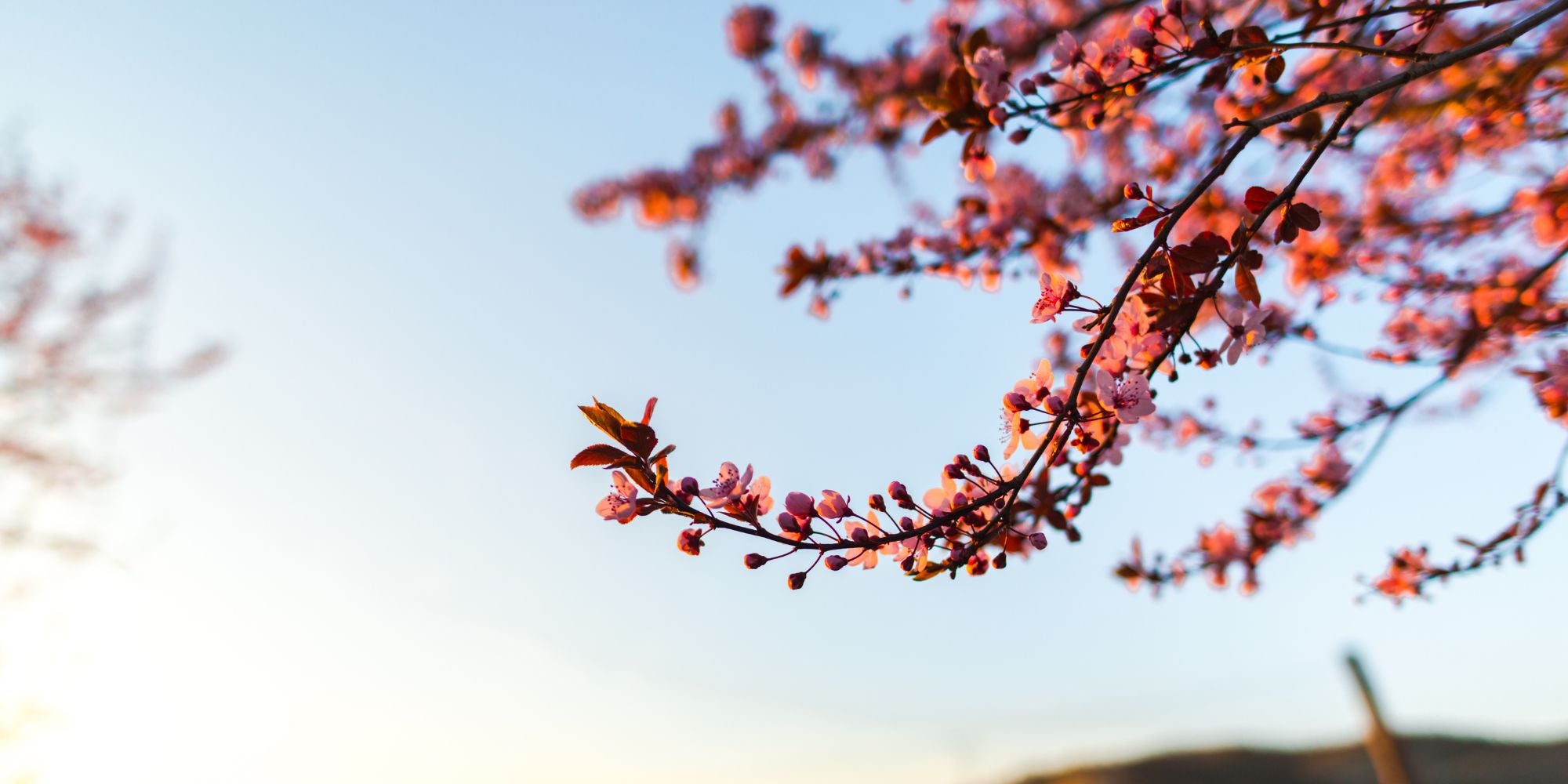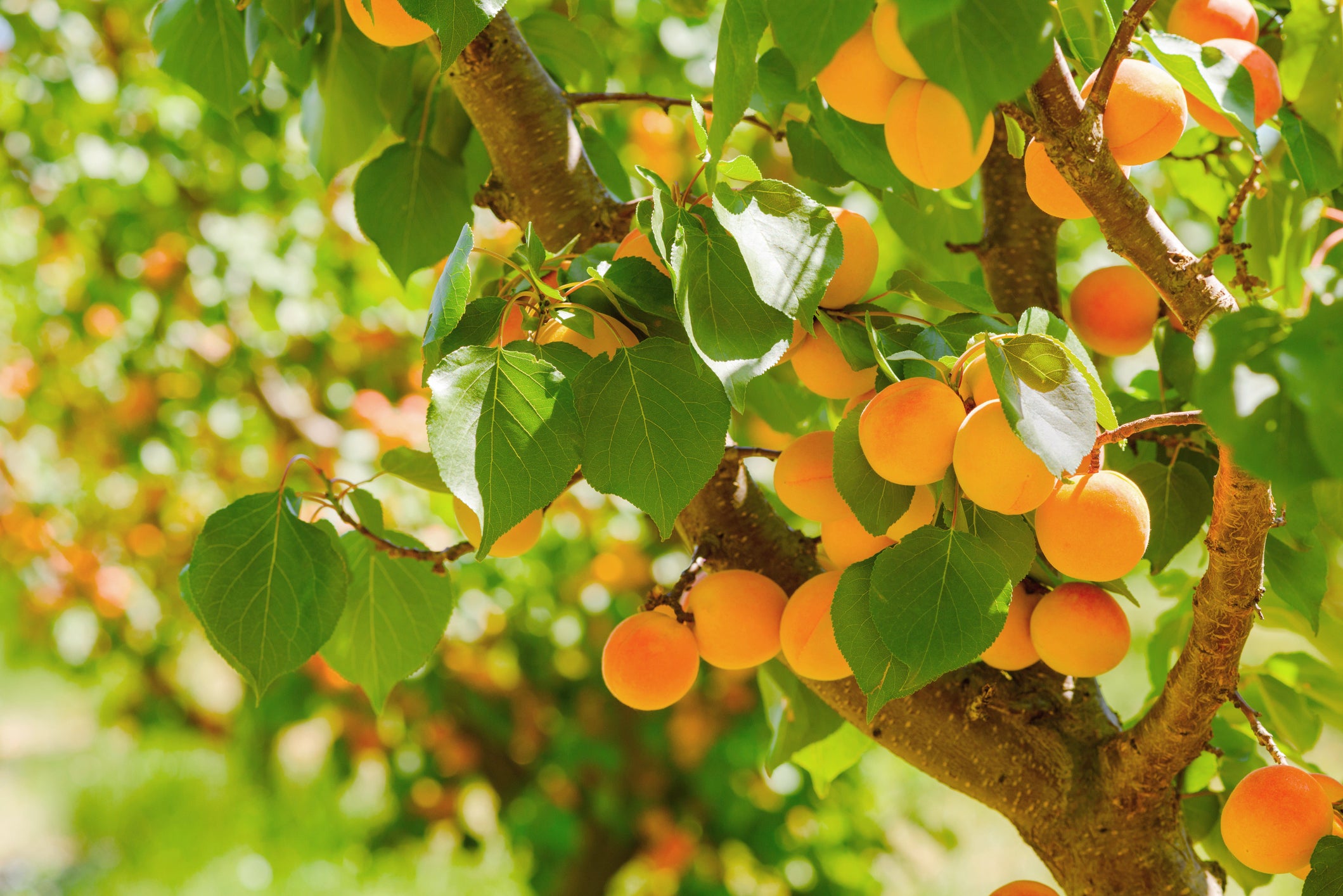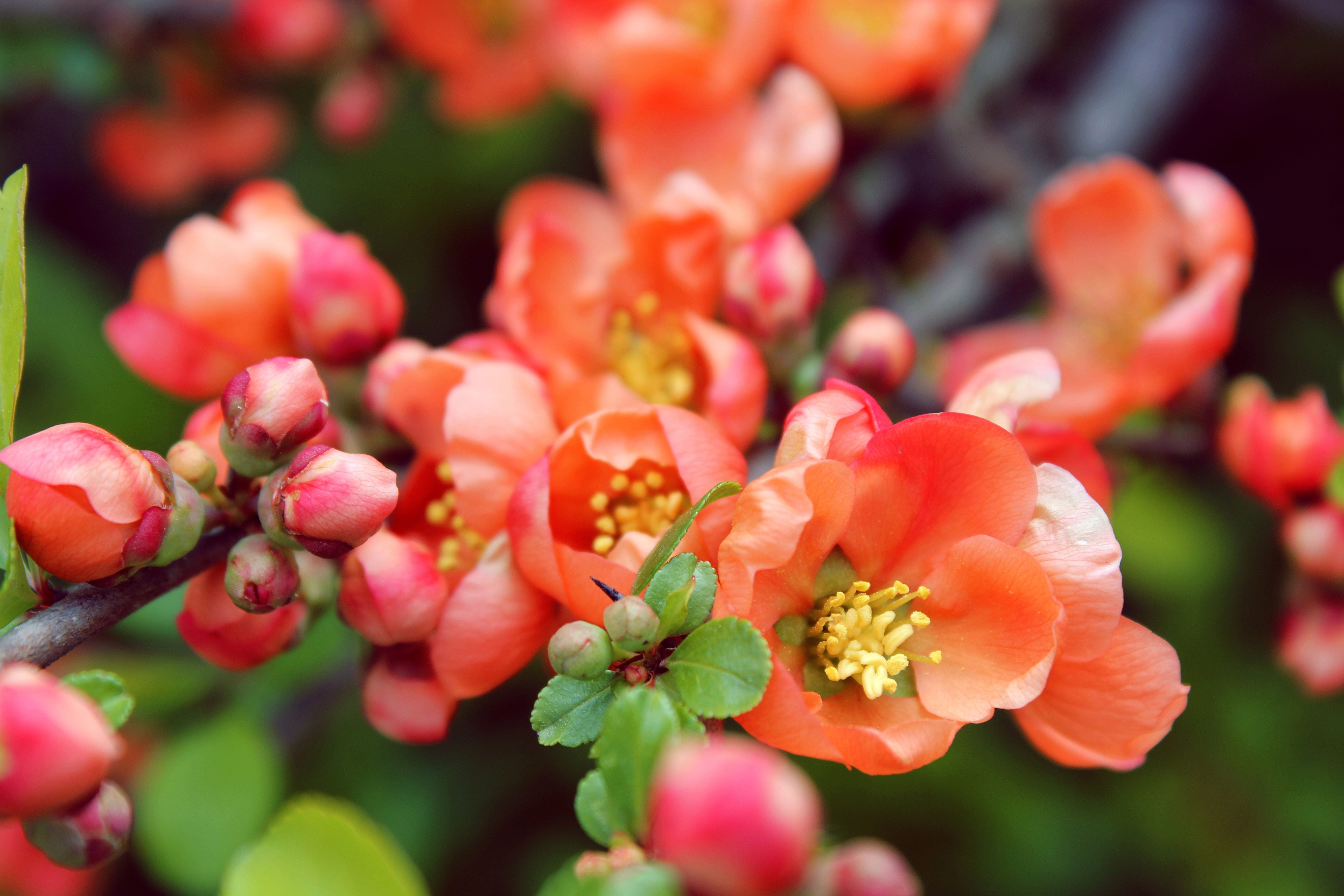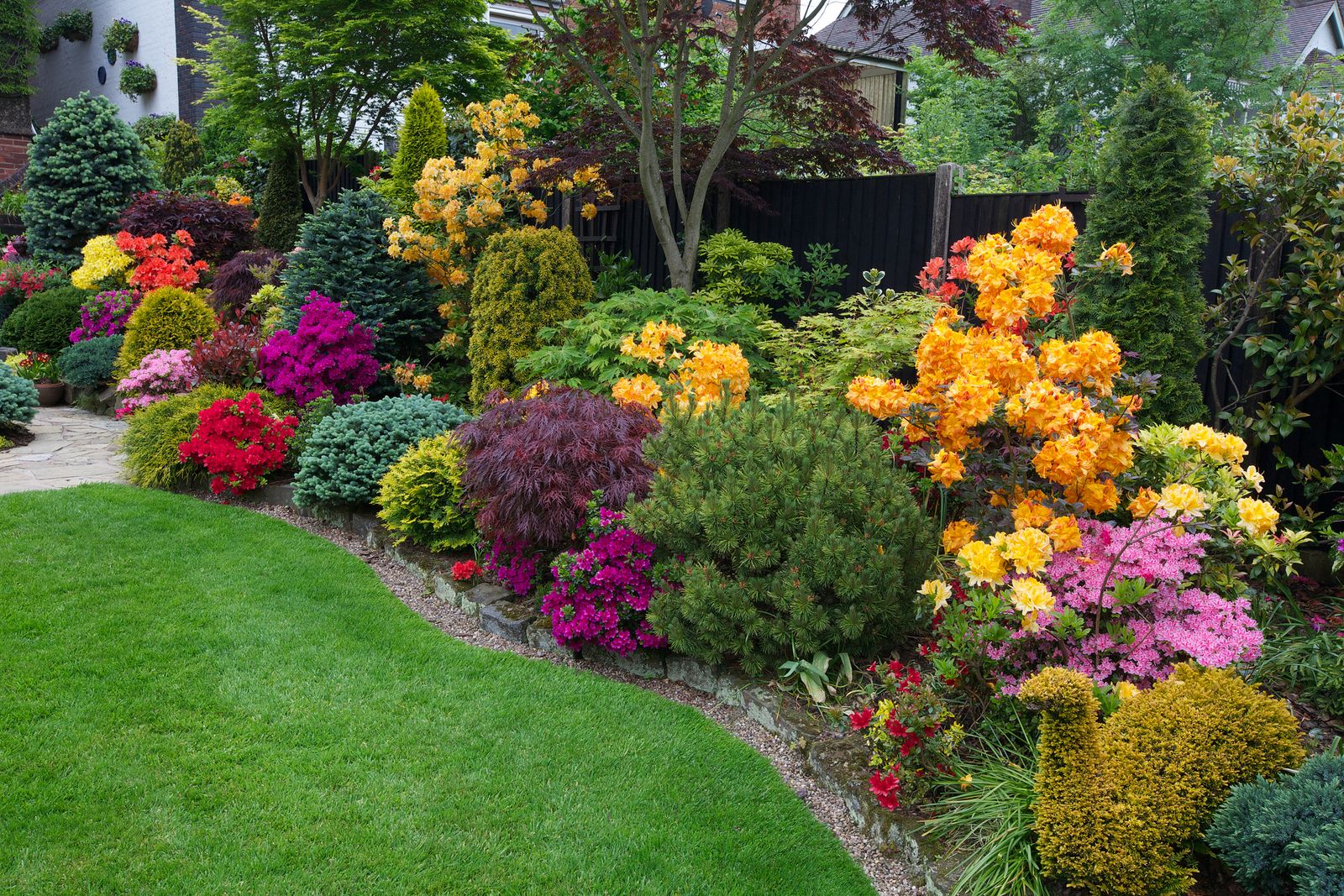Planting & Harvesting Asparagus
You may have seen asparagus at the grocery store, but did you know that you can also grow this delicious vegetable in your garden? Asparagus is a perennial plant and is a member of the fern family, but the process for growing asparagus can be lengthy and the time entailed in growing asparagus roots can scare gardeners away.
Why Grow Asparagus?
Not only is asparagus a delicious and unique perennial vegetable, but it's also quite easy to grow. If you're looking for a low-maintenance garden addition that will provide you with plenty of tasty harvests, asparagus is a great choice!
Asparagus plants are quite hardy and can withstand a wide range of soil types and growing conditions. They also produce spears for many years, so you'll get plenty of tasty harvests from a small space.
When to Plant Asparagus
The best time to plant asparagus is in the early spring, shortly after the last frost. This will give them enough time to establish a strong root system before the heat of summer.
Where to Plant Asparagus
Asparagus is a perennial, which means it will live for many years if it's planted in the right place. It prefers full sun and well-drained soil, so choose a spot that has plenty of sunlight and isn't too wet or boggy. They thrive in a soil with a pH of 7.0 and require a thick layer of soil to protect them from frost
Once you've found the perfect spot, dig a trench that's about 8-12 inches deep and spacing each plant about 18-24 inches apart. Amend the soil with plenty of compost or manure, then cover the roots with soil and tamp it down gently. Water well, and wait for your asparagus to grow!

How to Plant Asparagus
So you're ready to plant asparagus! The good news is that it's a pretty easy process. Here's how to do it:
- First, you'll need to establish a trench that's at least 2 feet wide and 10 inches deep. You can use a shovel or hoe to do this.
- Once the trench is established, break up the soil up to 10 inches deep.
- Add a ½ pound of 10-10-10 fertilizer to each 10-foot stretch of trench.
- Place the asparagus crowns in the trench, making sure that the tips are pointing up. If you're planting more than one row, make sure to space them at least 18 inches apart.
- Cover the crowns with soil, and then water them well.
- Keep the soil moist until the plants are established, usually within a few weeks.
How to Harvest Asparagus
Do not harvest asparagus in the first two years of growth. The plant needs time to establish its root system. During the second year of growth, it is a good idea to side dress with compost in spring and then again in fall. By the third year your plants should be in full production, and you can start to harvest your asparagus sparingly throughout the season. Young plants harvest season may only last two – three weeks while more mature plants have a season that can last eight weeks or longer. Check your asparagus every other day during harvest season. Spears grow quickly and may become woody fast. If you notice that the spear starts to open and grow foliage, it is too tough to eat.
To harvest asparagus, cut the spears with a sharp knife or scissors at ground level. It is best to harvest your spears when they reach about 8 to 10 inches in height, and a thickness of ½ to ¾ inch thick.
Once harvested, plunge the cut spears into cold water immediately, this will preserve the sugar content of the asparagus. You can store spears by wrapping the ends in a moist paper towel and placing them in the crisper drawer of your refrigerator

FAQs About Planting and Harvesting Asparagus
Here are answers to some of the most common questions about planting and harvesting asparagus:
Q: When is the best time to transplant asparagus?
A: Transplanting Asparagus can be done in early spring when they are dormant or in late fall before the first fall frost (after foliage is cut back).
Q: How do I divide an asparagus clump?
A: Dig and lift crowns with a garden fork, being very careful not to disturb the roots. Divide the clump into two or more pieces. Water transplants. Do not harvest heavily in the following year.






